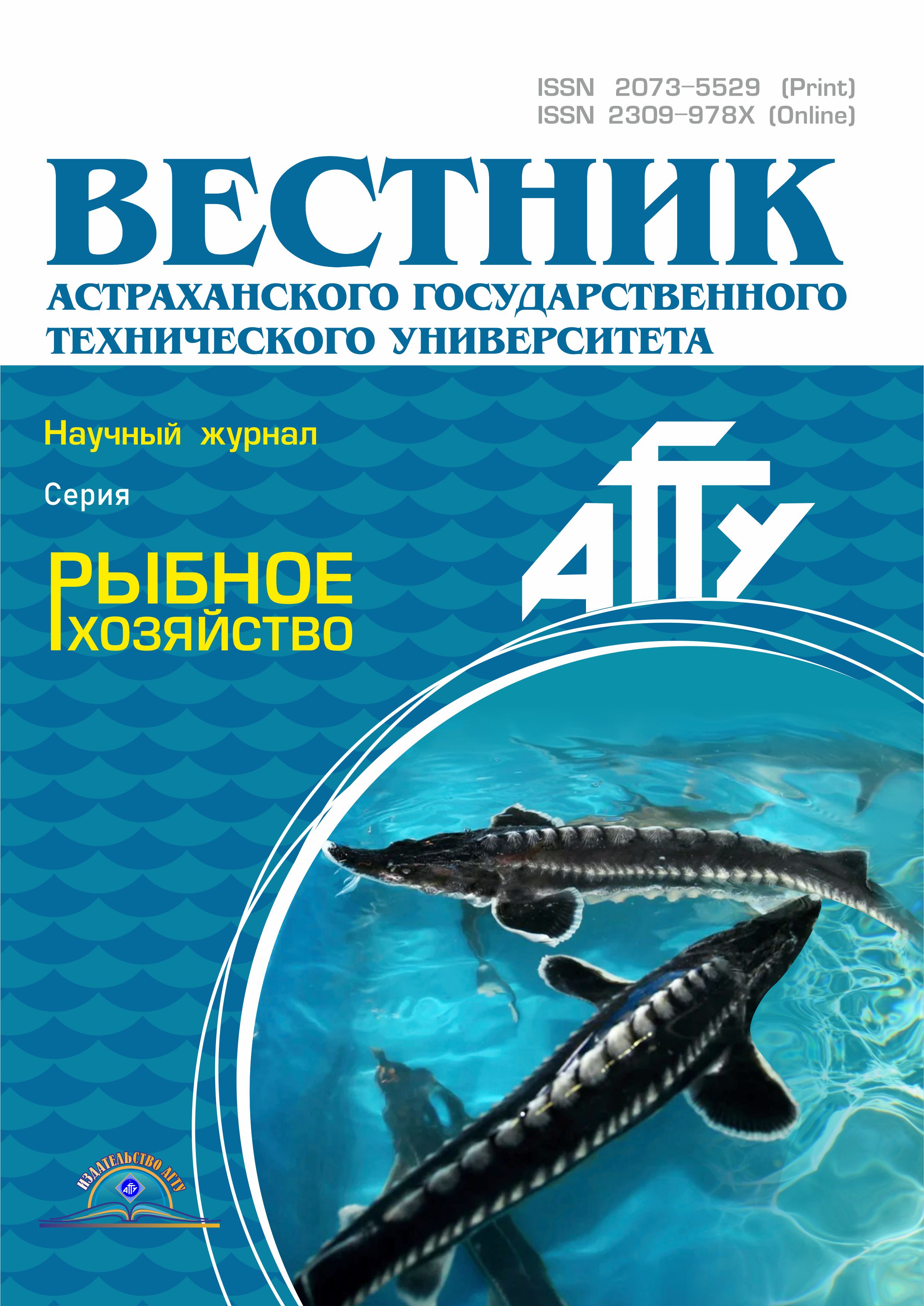CSCSTI 34.39
CSCSTI 62.13
CSCSTI 69.01
CSCSTI 69.25
CSCSTI 69.31
CSCSTI 69.51
CSCSTI 87.19
The article focuses on studying the fish cutting process and modeling forces of harmful resistance. The fish muscular tissue rheological properties are described by a Maxwell-Thomson model. The conditions of constrained compression of the material across the width and the absence of constrained compression in the direction of movement of the knife are accepted. On the basis of the energy approach, the profile resistance force of the double-edged knife has been interpreted as deformational force of the friction at the macroscopic scale level, provided that the surface of the faces is smooth. The mathematical models for dimensional and dimensionless profile resistance forces of the knife without side edges have been developed. The dependence of the dimensional force on the sharpening angles, knife thickness, rheological properties and cutting speed has been established. The dependence of the dimensionless force on the dimensionless cutting speed and measure of the muscle tissue elasticity has been shown. The profile resistance forces of flat-back knife and double-edged knives have been analyzed. With sharpening angle of back edges = 5°; 10°; 20°; 50°, force maximums are 0.317; 0.306; 0.288; 0.274, respectively. When the values of instantaneous modulus of elasticity 1.5·105; 2.0·105; 2.5·105; 3.0·105 N/m2, the maximums of the specified force are 0.310; 0.411; 0.513; 0.614 N, respectively. With the values of elasticity = 4; 7; 11; 15, dimensionless force maximums of flat-back knife are 1.959; 3.166; 4.774; 6.381 and without side edges - 1.193; 1.864; 2.764; 3.663, respectively.
fish, cutting, force, resistance, profile, knife, edge, rheology, viscoelasticity
1. 1. Dowgiallo A. Cutting force of fibrous materials. Journal of Food Engineering, 2005, no. 66, pp. 57-61.
2. 2. Boisly M., Schuldt S., Kaestner M. G., Schneider Y., Rohm H. Experimental characterisation and numerical modelling of cutting processes in viscoelastic solids. Journal of Food Engineering, 2016, no. 191, pp. 1-9.
3. 3. Schuldt S., Arnold G., Kowalewski J., Schneider Y., Rohm H. Analysis of the sharpness of blades for food cutting. Journal of Food Engineering, 2016, no. 188, pp. 13-20.
4. 4. Schuldt S., Schneider Y., Rohm H. High-speed cutting of foods: Cutting behavior and initial cutting forces. Journal of Food Engineering, 2018, no. 230, pp. 55-62.
5. 5. Pagani M., Perego U. Explicit dynamics simulation of blade cutting of thin elastoplastic shells using “directional” cohesive elements in solid-shell finite element models. Computer methods in applied Mechanics and Engineering, 2015, no. 285, pp. 515-541.
6. 6. Atkins T. Optimum blade configurations for the cutting of soft solids. Engineering Fracture Mechanics, 2006, no. 73, pp. 2523-2531.
7. 7. Atkins T. Prediction of sticking and sliding lengths on the rake faces of tools using cutting forces. International Journal of Mechanical Sciences, 2015, no. 91, pp. 33-45.
8. 8. Goryacheva I. G. Mekhanika frikcionnogo vzaimodejstviya [Mechanics of friction interaction]. Moscow, Nauka Publ., 2001. 478 p.
9. 9. Popov V. L. Contact Mechanics and Friction: Physical Principles and Applications. Berlin, Springer Verlag GmbH, 2017. 391 p.
10. 10. Soldatenkov I. A. K raschetu deformacionnoj sostavlyayushchej sily treniya dlya standartnogo vyazkouprugogo osnovaniya [On calculating deformation component of friction force for a standard viscoelastic base]. Trenie i iznos, 2008, no. 1, vol. 29, pp. 12-21.
11. 11. Soldatenkov I. A. Raschet treniya indentora s fraktal'noj sherohovatost'yu o vyazkouprugoe osnovanie [Calculation of friction indenter with fractal roughness on a viscoelastic base]. Trenie i iznos, 2015, no. 3, vol. 36, pp. 257-262.
12. 12. Ageev O. V., Fatyhov Yu. A., Samojlova N. V. Vybor i identifikaciya reologicheskoj modeli strukturno-mekhanicheskih svojstv myshechnoj tkani ryby [Selection and identification of rheological model of structural-mechanical properties of fish muscle tissue]. Izvestiya Kaliningradskogo gosudarstvennogo tekhnicheskogo universiteta, 2018, no. 49, pp. 75-91.
13. 13. Ageev O. V., Naumov V. A., Fatyhov Yu. A., Samojlov N. V. Analiz sootvetstviya reologicheskih modelej strukturno-mekhanicheskim svojstvam ryby [Analysis of rheological models compliance with structural and mechanical properties of fish]. Nauchnyj zhurnal Sankt-Peterburgskogo nacional'nogo issledovatel'skogo universiteta informacionnyh tekhnologij, mekhaniki i optiki. Seriya: Processy i apparaty pishchevyh proizvodstv, 2018, no. 2 (36), pp. 34-43. DOI:https://doi.org/10.17586/2310-1164-2018-11-2-34-43.
















